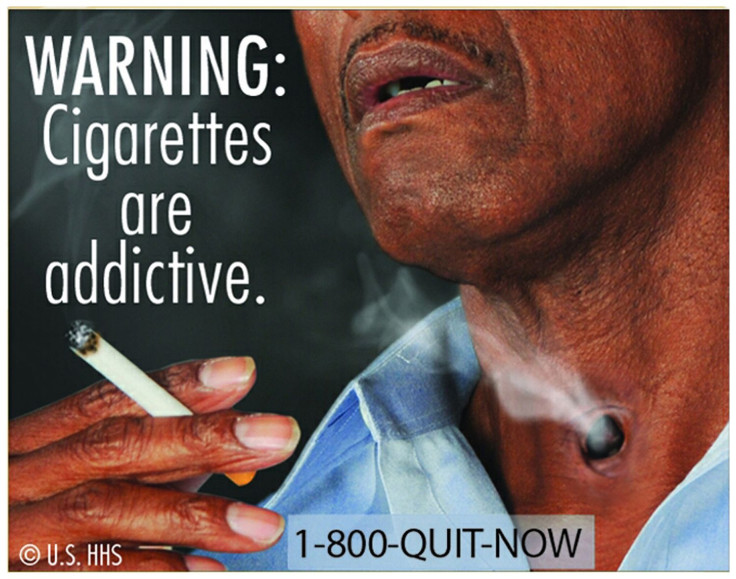States Spend Less Than 2 Percent of Tobacco Revenue on Smoking Prevention Program

According to a new report, states will be spending less than 2 percent of their annual tobacco tax and settlement to fight tobacco use.
States will be collecting $25.7 billion in revenue from the 1998 tobacco settlement and tobacco taxes, but will spend just $459.5 million or two percent of the revenue on programs that aimed at reducing smoking rates in children, the report says.
The rates of smoking among teenagers have declined in the past few decades, however according to estimates even now 19 percent of adults and 18.1 percent of high school students smoke.
Tobacco related healthcare costs amount to $96 billion a year in the U.S., according to the report. Spending money on preventing tobacco use not only saves lives but also cuts healthcare spending.
A recent study reported that "Washington State saved more than $5 in tobacco-related hospitalization costs for every $1 spent during the first 10 years of its program."
"Given such a strong return on investment, states are being truly penny-wise and pound-foolish in shortchanging tobacco prevention and cessation programs," the report concluded.
This year (FY 2013) the Centers for Disease Control and Prevention (CDC) recommended that all states need to spend a combined amount of $3.7 billion on tobacco prevention programs while the states have planned to spend just 2 percent of this amount. New Hampshire, New Jersey, North Carolina, and Ohio haven't allotted any state funds on programs that aim at reducing tobacco use, the report said.
"The states have an obligation to use more of their billions in tobacco revenues to fight the tobacco problem. Their failure to do so makes no sense given the evidence that tobacco prevention programs save lives and save money by helping reduce healthcare costs," said Matthew Myers, president of the Campaign for Tobacco-Free Kids, in a statement.
Currently Alaska and North Dakota are the only two states that fund tobacco prevention program at the CDC recommendation levels.



























